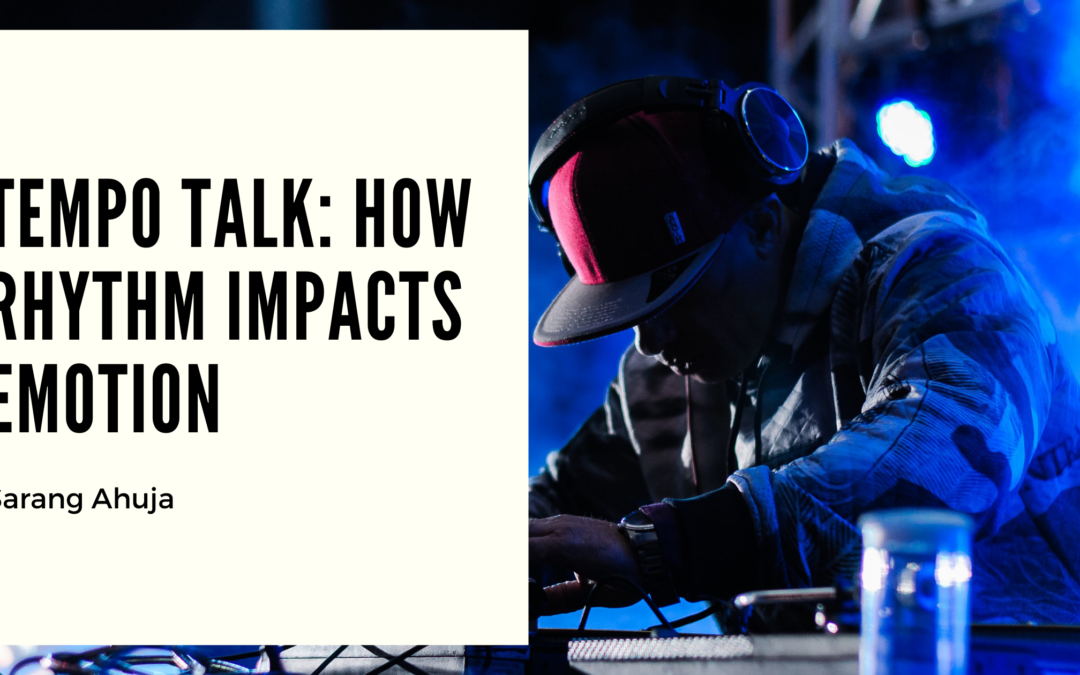When it comes to music, rhythm is the heartbeat of a song. It dictates the pace, drives the mood, and shapes the emotional landscape of a track. Tempo, the speed at which a piece of music is played, is more than just a technical aspect; it’s a powerful tool that influences how a listener feels. Whether it’s the rapid pace of a dance anthem or the slow, deliberate beat of a ballad, the tempo can transform a song from simple notes into a profound emotional experience.
The Power of Fast Beats
Fast tempos are often associated with energy, excitement, and urgency. Think about the adrenaline rush of an upbeat pop song or the pulse of an electronic dance track. When the beats per minute (BPM) increase, so does the listener’s heart rate and excitement levels. Fast tempos tend to lift our spirits, making us feel motivated, alert, and ready to move. It’s why high-energy genres like rock, pop, and EDM use rapid tempos to get us on our feet and into the groove.
Fast rhythms are often linked to positive emotions—joy, exhilaration, and enthusiasm. It’s a favorite tool for artists to get people to dance, run, or simply feel alive. Songs like Queen’s “Don’t Stop Me Now” or Michael Jackson’s “Beat It” use fast tempos to amplify excitement and empower the listener.
The Emotional Depth of Slow Beats
On the flip side, slower tempos evoke introspection, sadness, and tenderness. A ballad with a deliberate, measured rhythm invites the listener to reflect. It’s in these slower moments that we often connect with the deeper emotions of the music, whether it’s the melancholy of a breakup or the vulnerability of love. A slower tempo allows every note to linger, creating space for emotion to resonate.
Consider songs like Adele’s “Someone Like You” or Eric Clapton’s “Tears in Heaven.” These tracks’ slower tempos enable the lyrics and melodies to breathe, giving the listener time to truly feel the emotion conveyed.
Tempo Shifts: The Emotional Rollercoaster
Some of the most powerful moments in music happen when the tempo shifts. A sudden change in rhythm can surprise, exhilarate, or shock the listener. Tempo changes are often used to reflect emotional changes within the song, shifting from calm to chaos, or from reflection to joy.
Final Thoughts
Tempo isn’t just about how fast or slow a song plays—it’s a key emotional guide. It controls the energy, sets the tone, and ultimately shapes how we connect with music. Whether it’s the pounding pulse of a fast song or the tender rhythm of a slow ballad, the tempo speaks to us on a deeper level. So, the next time you hear a song, listen closely—not just to the melody, but to the rhythm that sets the emotional stage.

